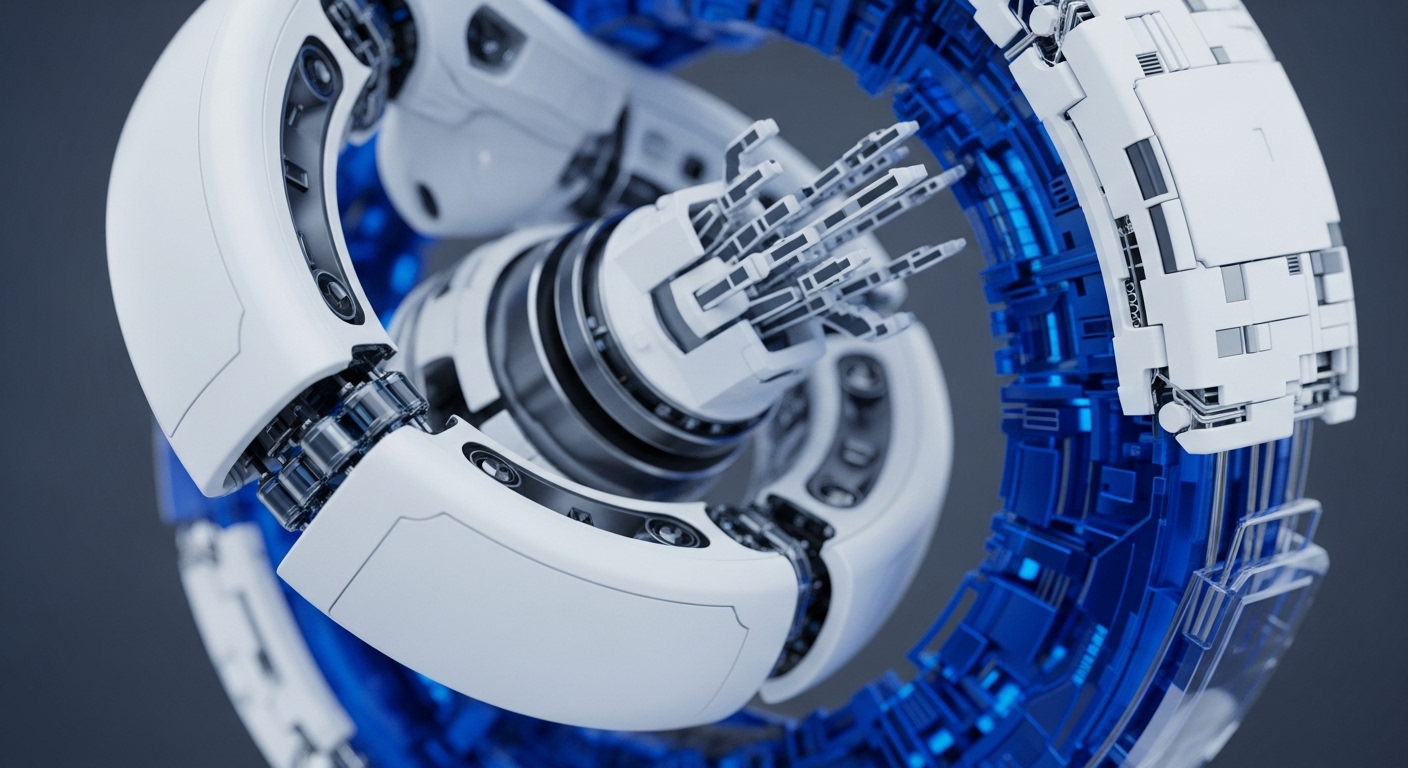
Briefing
The research addresses the critical problem of establishing trust and preventing data manipulation in distributed Mixture of Experts (MoE) models, which are increasingly deployed on edge networks to overcome limitations of centralized cloud systems. It proposes a blockchain-aided trustworthy MoE (B-MoE) framework that integrates a blockchain layer to trace, verify, and immutably record the computational results from distributed experts. This foundational breakthrough establishes a decentralized mechanism for ensuring data integrity, offering a pathway toward more robust and verifiable large model deployments in future blockchain architectures.

Context
Before this research, the deployment of Mixture of Experts (MoE) models, a key architecture for large models, faced significant challenges in distributed edge environments. While moving MoE to the edge mitigated issues like latency and bandwidth, it introduced a fundamental trust problem → ensuring the integrity of data interactions and computational results among distributed experts without a central authority, making these systems vulnerable to data manipulation attacks.

Analysis
The core mechanism is the B-MoE framework, which introduces a blockchain layer between the edge computing layer, where experts process tasks, and the storage layer, which houses the expert models. The blockchain functions as a decentralized, immutable ledger that meticulously traces, verifies, and records the computational outputs from the edge experts. This fundamentally differs from previous approaches by providing an unalterable record and a consensus mechanism for validating expert results, allowing honest participants to detect and reject manipulated data by comparing multiple expert outputs and accepting the most consistent ones.

Parameters
- Core Concept → Blockchain-aided Mixture of Experts (B-MoE)
- New System/Protocol → B-MoE Framework
- Key Challenge Addressed → Data Manipulation Attacks in Distributed MoE
- Architectural Layers → Edge Layer, Blockchain Layer, Storage Layer
- Robustness Threshold → Tolerates up to 50% malicious ratio
- Publication Date → September 15, 2025

Outlook
Future research in this area will likely focus on optimizing resource allocation, investigating latency improvements, balancing workloads across the distributed network, and developing advanced incentive mechanisms within the B-MoE framework. This theory could unlock real-world applications in 3-5 years, enabling truly trustworthy and scalable AI services at the edge, particularly for sensitive applications requiring high data integrity and auditability, fostering new paradigms for decentralized AI governance and verifiable machine learning.

Verdict
This research decisively advances the foundational principles of trustworthy AI by integrating blockchain for verifiable computation in distributed large models, addressing a critical security vulnerability in decentralized machine learning.
Signal Acquired from → arxiv.org
